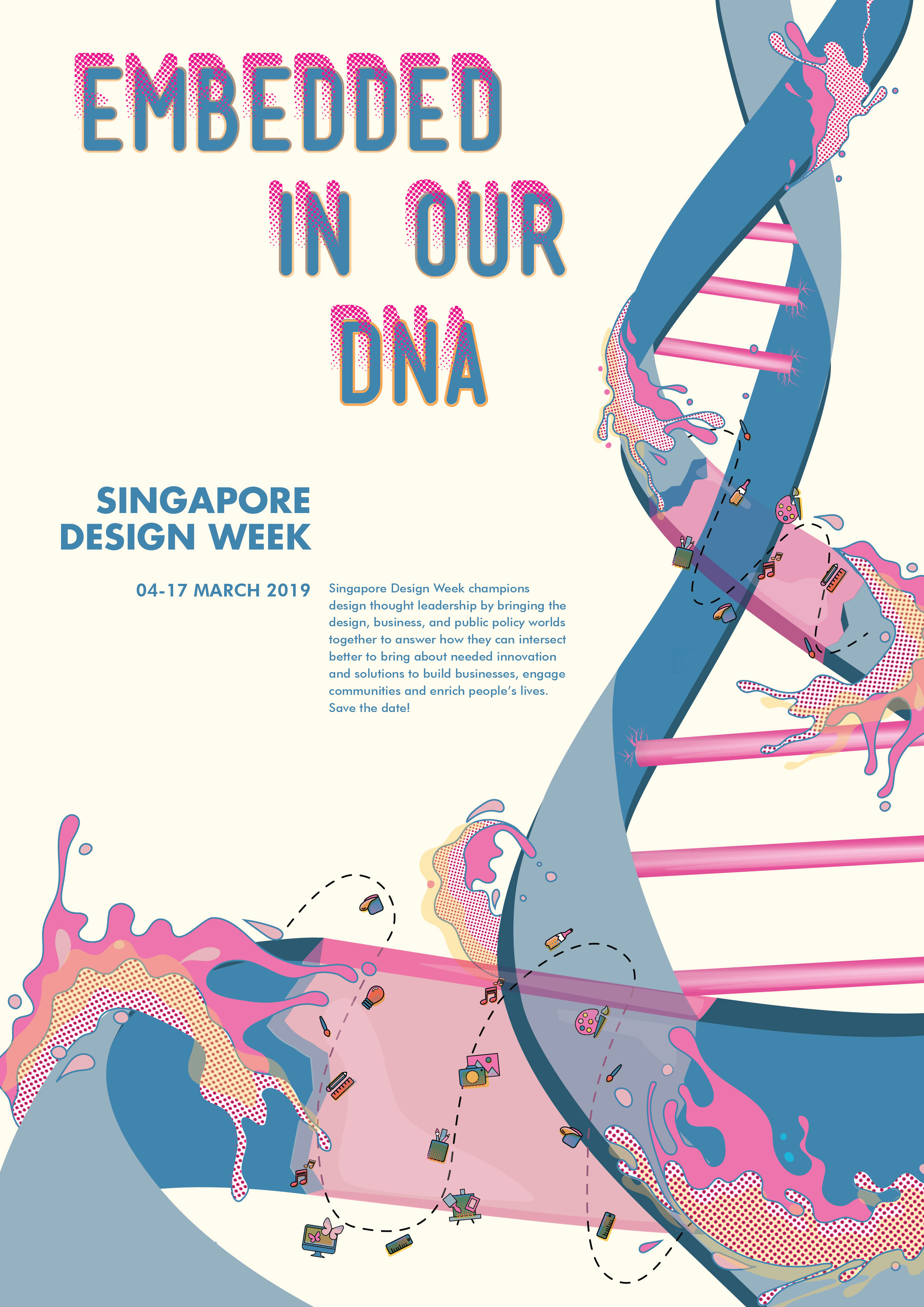
Category: Project 2_Design Research and Development

Moodboards & Visual Research
Visual research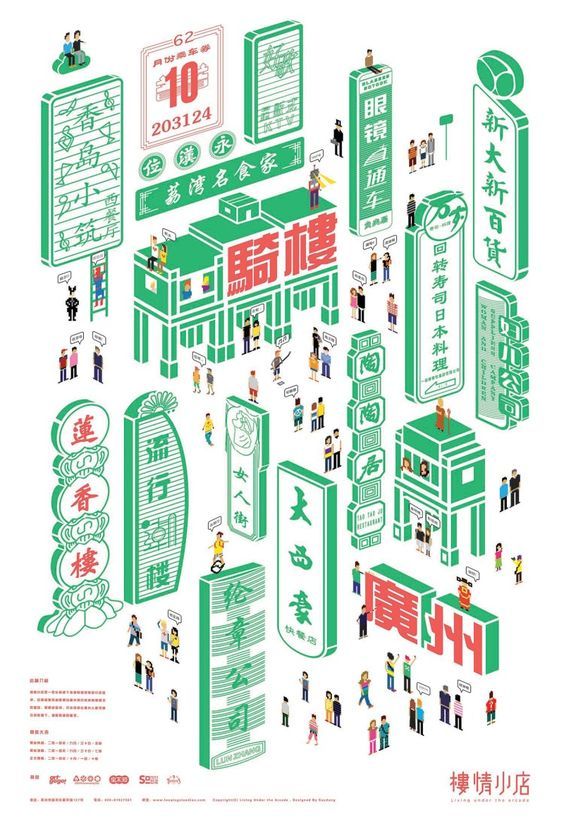
1) what is the poster communicating?
2) WHAT EMOTION DOES THE DESIGN ELICIT?
3) WHAT MAKES THE POSTER CAPTIVATING?
Moodboard – digital imaging
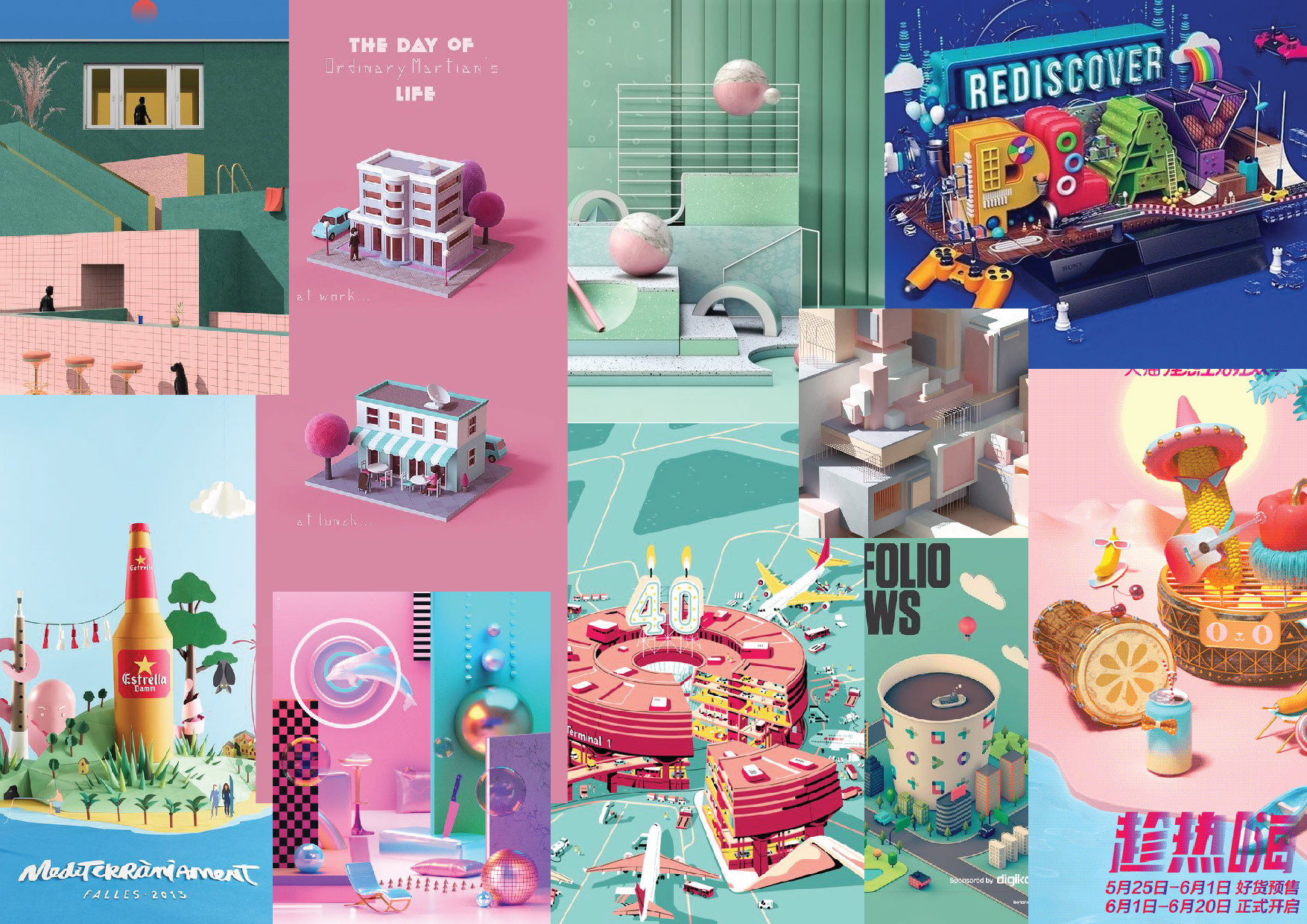
Moodboard – illustrations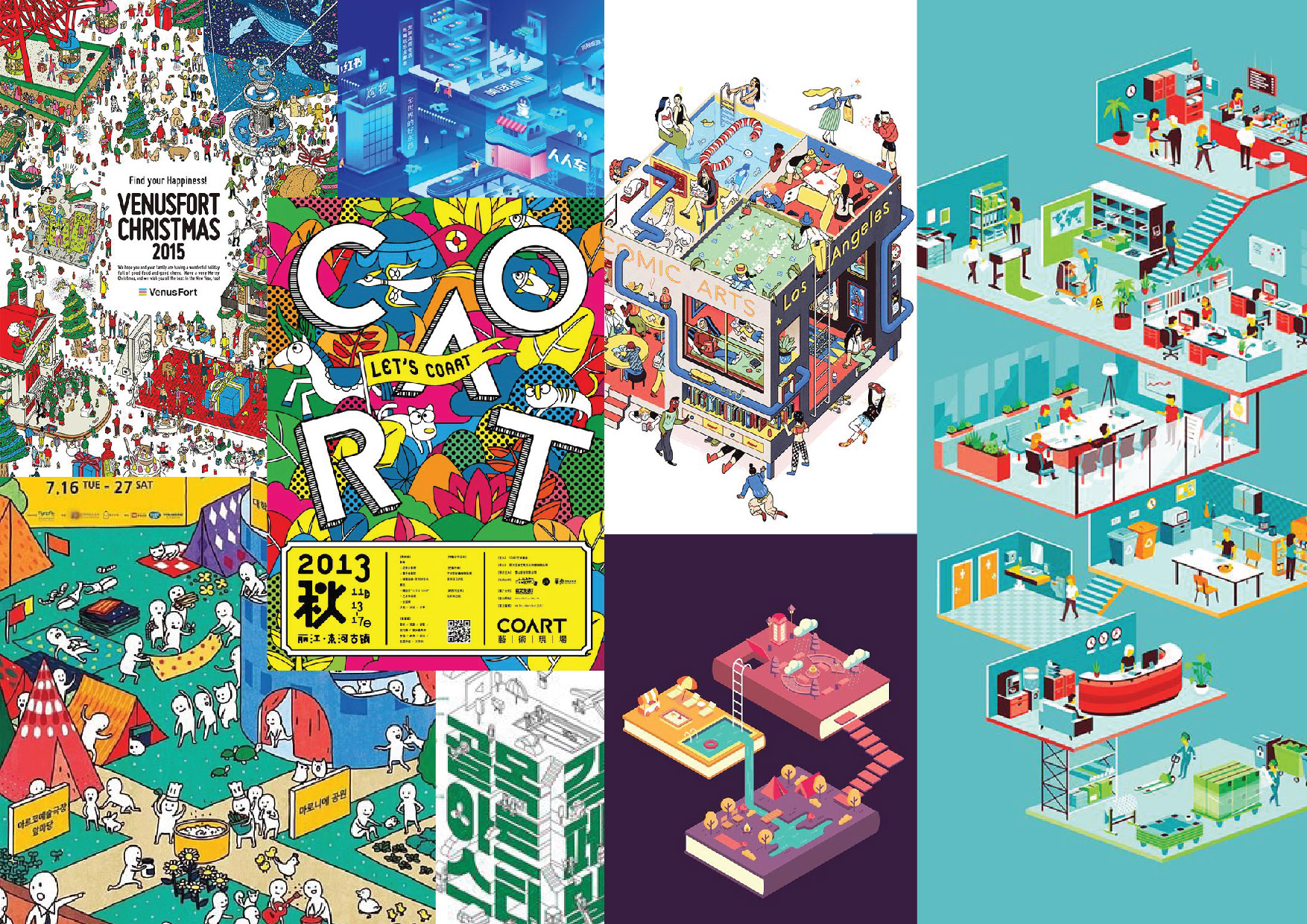
Field Trip: National Design Centre
1. Various types of design practices in Singapore
Product design, graphics and communication design, fashion/ textile design, interior and building design practice.
Back then, it was about acquiring vocational skills. But as Singapore evolved, the late Minister Tay Eng Soon foresaw the importance of creative professions in the new economy. He introduced a new notion of design education and awareness. Baharuddin Vocational Institute (BVI) was the only place in Singapore that provided training in manual and applied arts, when it began operations in 1968. The school had a printing school, woodwork department, fashion department, handicrafts department, and a graphic design program — then known as commercial art.
For the next two decades, BVI was the main institution that helped give birth to Singapore’s graphic design scene.
2. What are some of the observations/trends of the design scene/practice in Singapore over the years?
The era of tailors and dressmakers emerged in 1960s. While there existed boutiques like Flair Salon which stoked foreign labels, popular fashion for the masses was largely supplied by local tailors, seamstresses and shoemakers. At this time, Singapore emerged as a regional supplier of well-cut dresses and suits and growing into a regional textile hub.
The development of tourist infrastructure in the 1970s and 1980s created a spin-off market for design work. The late 1960s and early 1970s ushered in a new era of mass commercial aviation, making transcontinental travel faster and cheaper for the tourist.
In the design environment of the early 1980s, independent product designers operated as multidisciplinary consultancies that offered services across brand,graphic and product packaging design. This is because design awareness among the general public was still low, and the reception of design as mainly in the work of packing and corporate identity.
The IT revolution of the 1980s precipitated a high-tech market and saw the local industrial designers hopping on board the bandwagon. New technologies expand Singapore’s high tech industry and created a niche market for industrial designer. as well as local technology companies too.
In 2005-2015, Singapore design scene has flourished into a vibrant and dynamic creative culture.
3. What are some of the future goals or key thrust for design in Singapore?
Singapore must remain open and connected to the world in order to help its people acquire skills for jobs of the future and remain relevant with the design trends. There is a need to ensure our local design companies scale up for a challenging climate through innovation and transformation. By deepen and diversify our international connections, design practitioners in Singapore are able to stay ahead and acquire skills from others internationally. This can develop a vibrant and connected city of opportunities, making way for design growth in Singapore.
Hence, more design practitioners in Singapore able to create a name and succeed in Asia and internationally. And this will create a good image and branding of Singapore in terms of design sector.
4. What implications(conclusion) might these goals have on current perception and practice of design?
The implications these goals have on the current perception and practice of design is that Singapore is still in the growing stage (in creative industries). This is because previously, Singapore concentrates on boosting Science, Technology, Engineering and Mathematics education to stay globally competitive. While in doing so, it is important not to overlook the role of the creative industry here in Singapore.

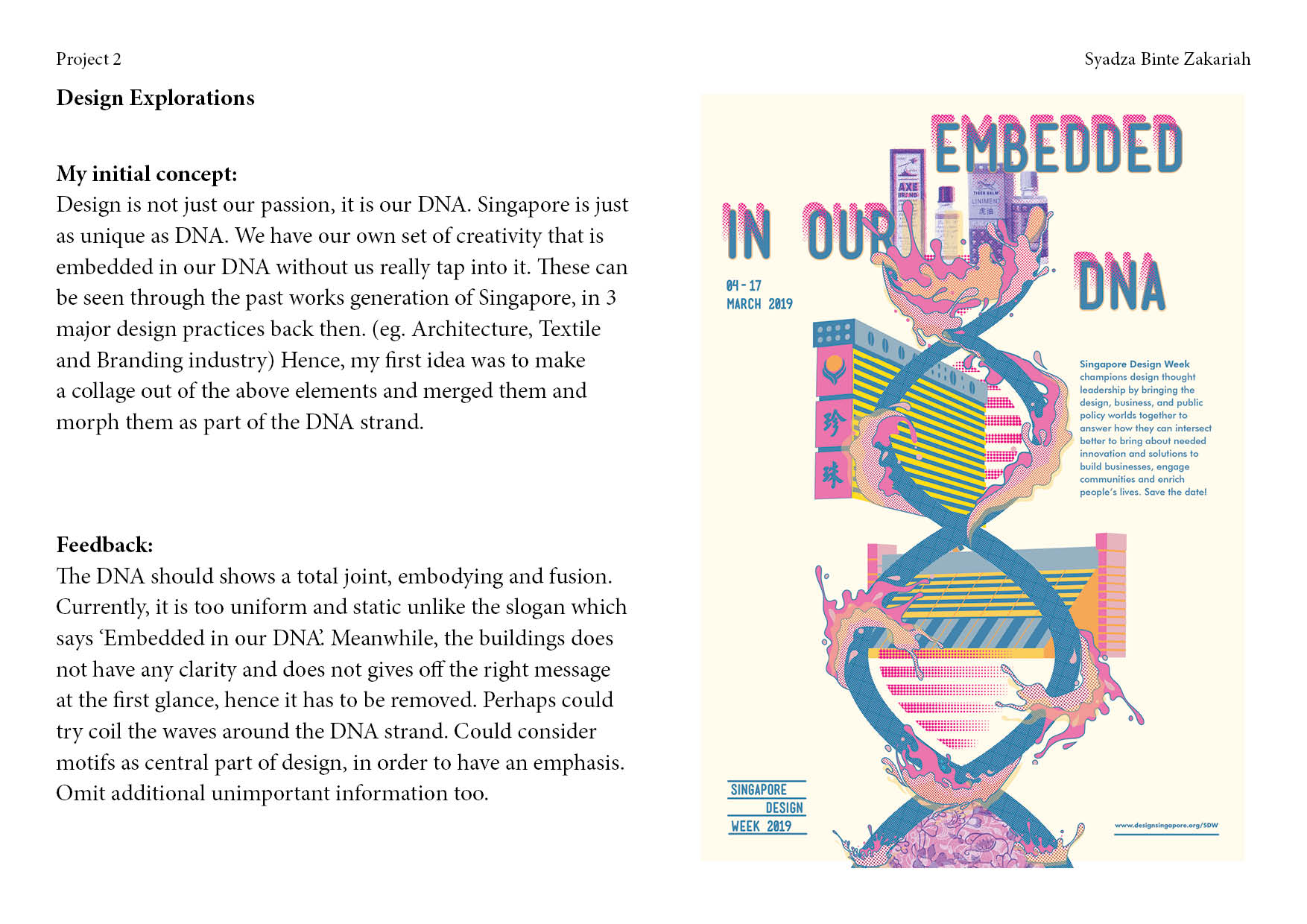
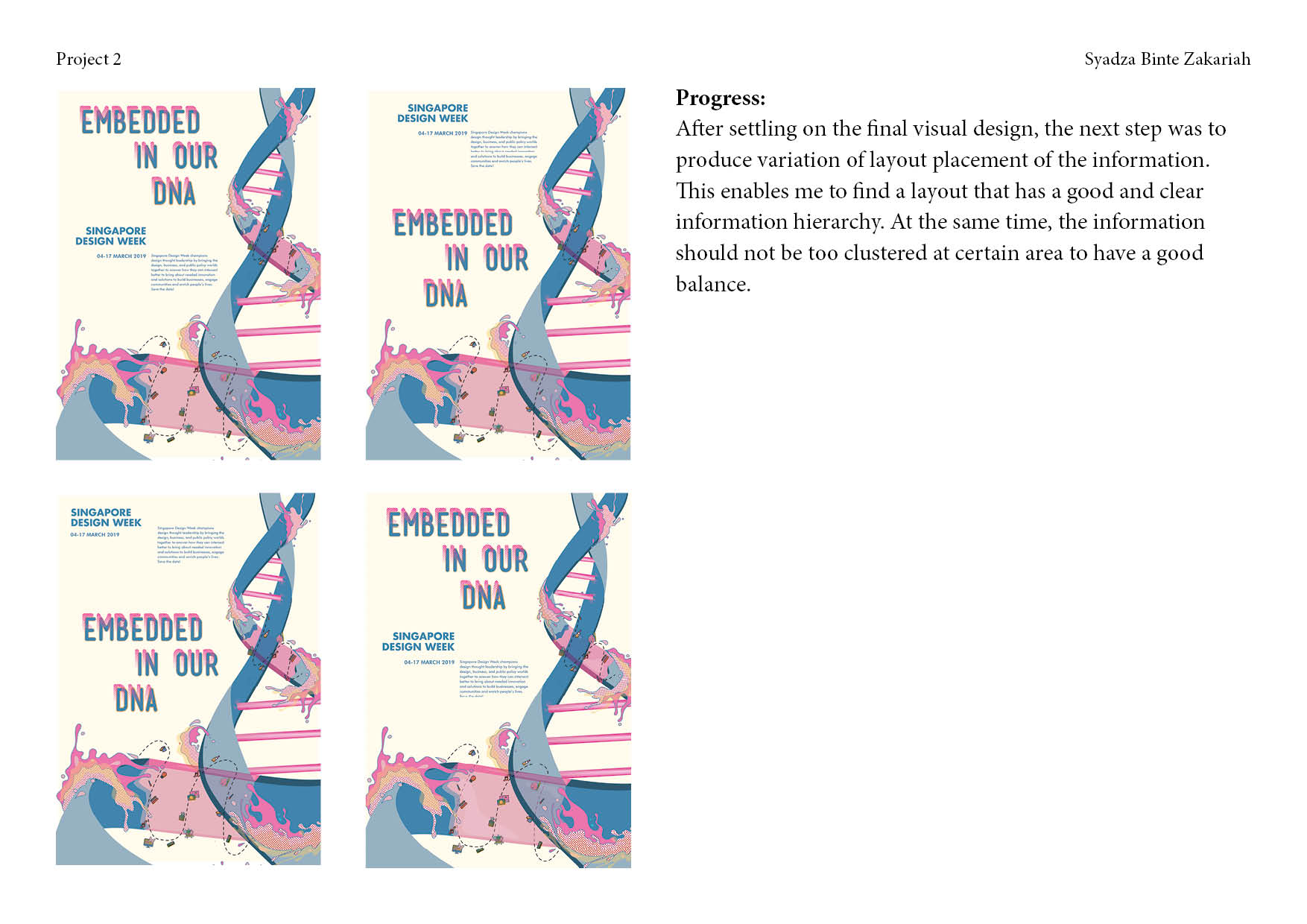


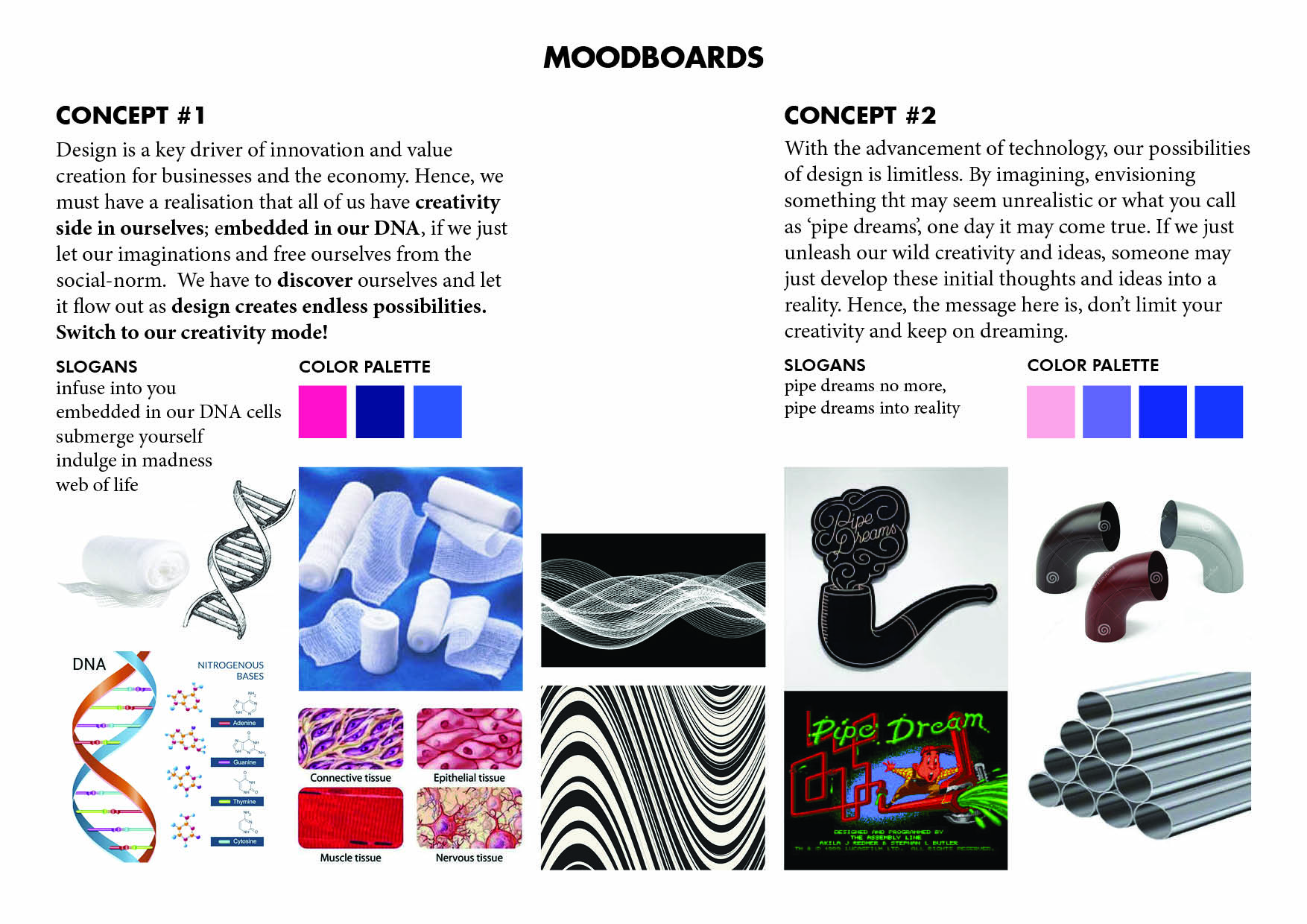

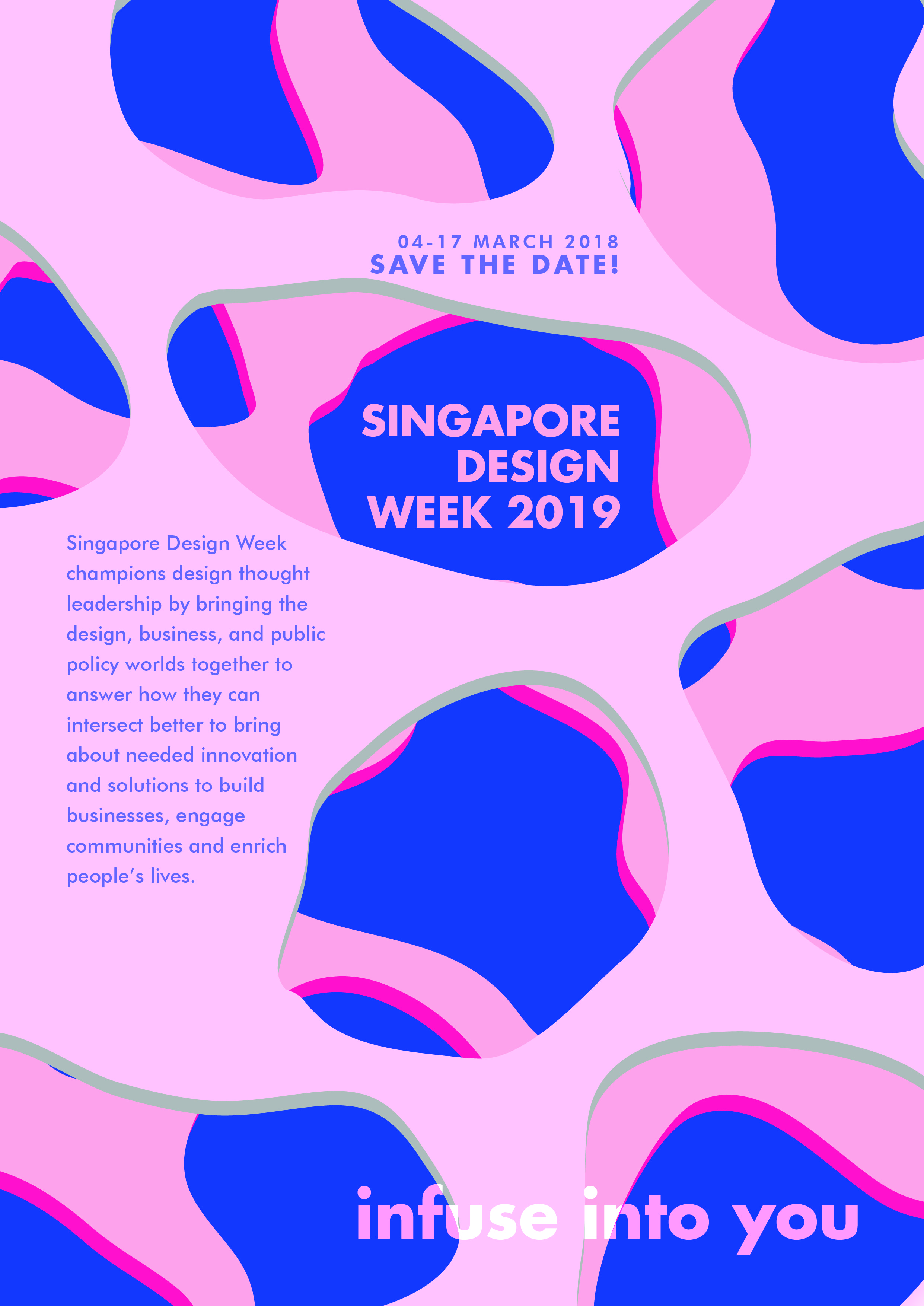

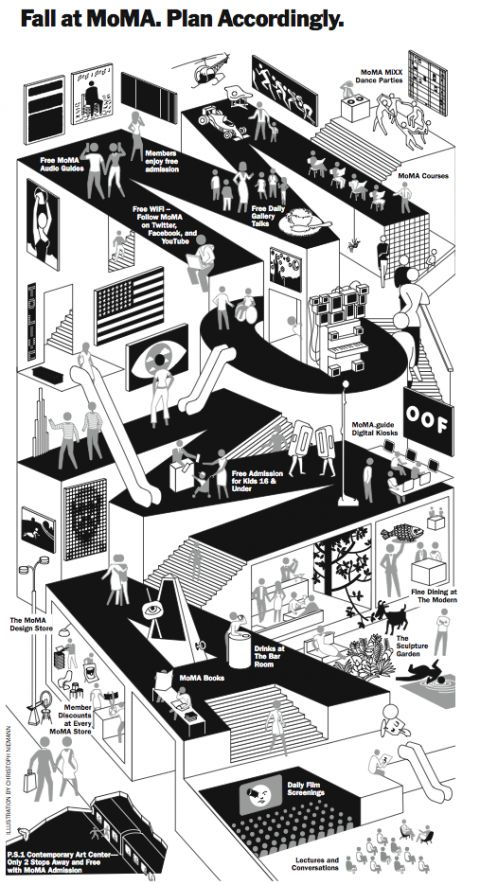
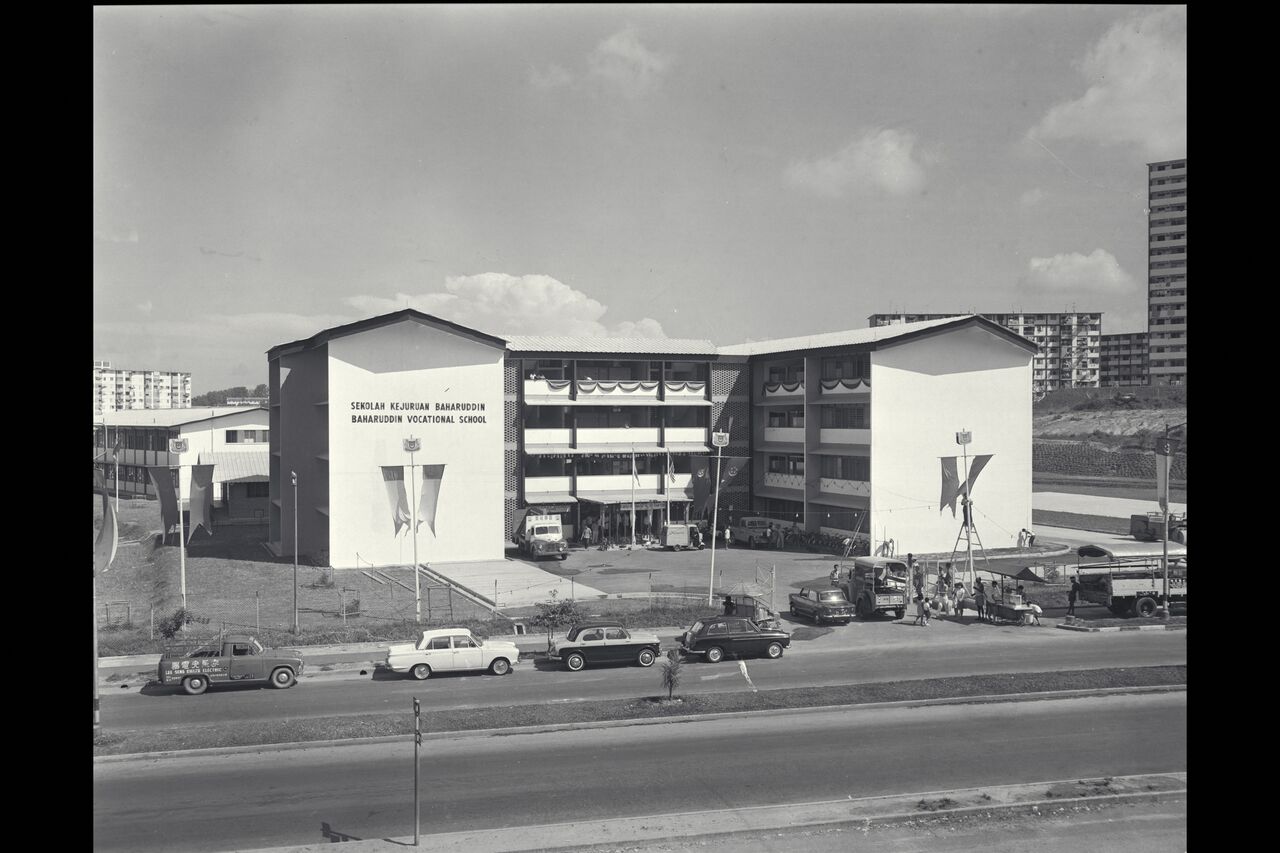


Recent Comments